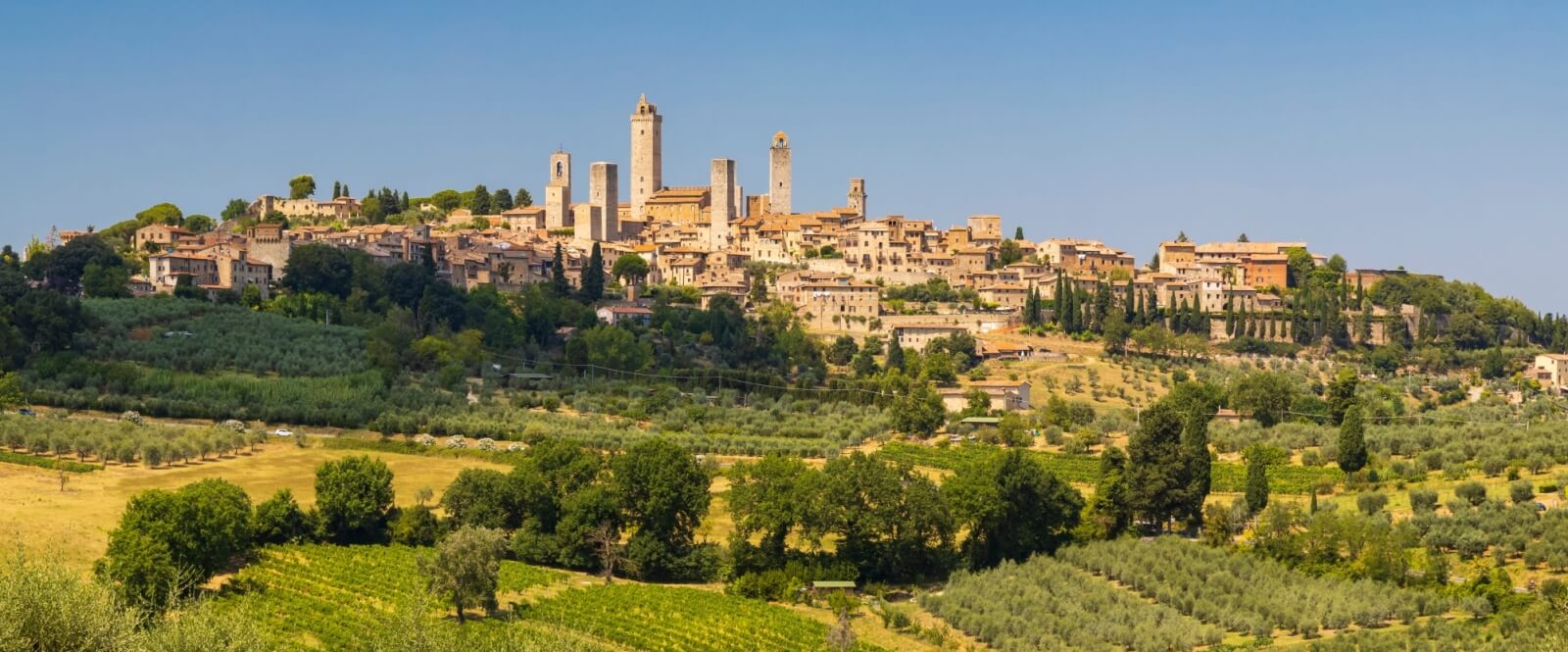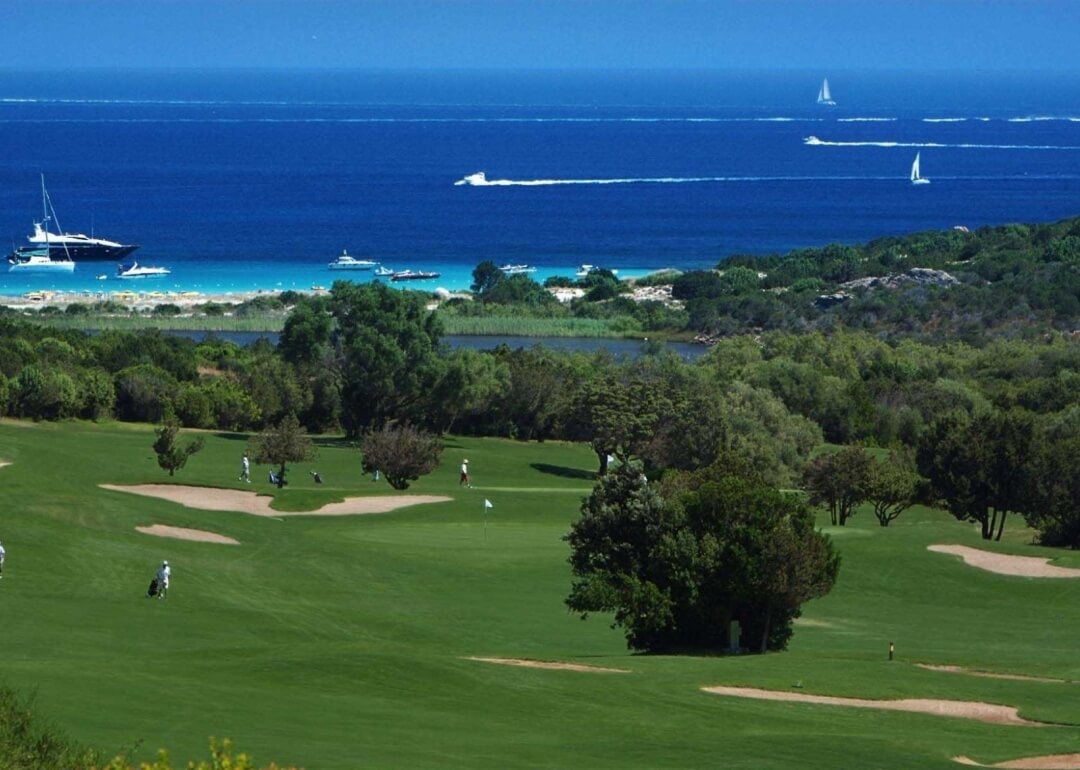Via Bottaccio, 1 – 54038 Montignoso (MS) Toscana
San Gimignano, Manhattan of the Middle Ages
San Gimignano, the Manhattan of the Middle Age
San Gimignano rises on a hill (334m heigh) dominating the Elsa Valley with its towers. Once the seat of a small Etruscan village of the Hellenestic period (200-300 BC) it began its life as a town in the 10th century taking its name from the barbarian hordes.
The town increased in wealth and developed greatly during the middle Ages thank to the “Via Francigena” the trading and pilgrim‘s route that crossed it. Such prosperity leads to the flourishing of works of art to adorn the churches and monasteries. In 1199 it became a free municipality and fought against the Bishops of Volterra and the surroundings municipalities.
Due to internal power struggle it eventually divided into two factions one headed by the Ardinghelli family (Guelphs) and the other by the Salvucci family (Ghibellines).
On the 8th May 1300 Dante Alighieri came to San Gimignano as the Ambassador of the Guelph Death in Tuscany. In 1348 San Gimignano‘s population was drastically reduced by the Black Death Plague throwing the city into a serious crisis, which eventually led to its submission to Florence in 1353.
In the following centuries San Gimignano overcame its decline and isolation when its beauty and cultural importance together with its agricultural heritage were rediscovered.
The construction of the towers dates back to the 11th and 13th centuries. The architecture of the city was influenced by Pisa, Siena and Florence. There are 14th century paintings of the Sienese School to be seen and 15th century paintings of the Florentine School.
The Duomo or Collegiate Church, was consecrated in 1148 and is adorned with valuable Sienese School frescoes: “The Old and the New Testament”(Bartolo di Fredi and the “Bottega dei Marmi” or Barna da Siena); “The Last Judgement”(Taddeo di Bartolo) works of art by the Florentine school: ”Stories of St. Fina”(Ghirlandaio), “St. Sebastiano”(Benozzo Gozzoli), wooden wooden statues (Jacopo della Quercia) and the Sculptures (Giuliano and Benedetto Gozzoli). Frescoes, statues and sculptures make the Collegiate Church of San Gimignano a very prestigious museum.
The People‘s Palace: The People‘s Palace courtyard ad Dante‘s Hall with “The Maestà” by Lippo Memmi.
The Civic Museum and the Picture Gallery with works by Filippino Lippi, Pinturicchio, Benozzo Gozzoli, Domenico di Michelino, Pier Francesco Fiorentino, Sebastiano Mainardi, Lorenzo di Niccolò di Martino, Coppo di Marcovaldo etc. Entering the Civic Museum the 54 metre high “Great Tower” of Podesta‘ stower built in 1311 can be visited.
The Museum of Sacred Art: Canvases, tablets, works in stone, which come from former churches and monasteries, sacred silverware, vestments and psalm books.
The “Raffaele De Grada” Gallery of Modern and Contemporary Art is an important exhibition space for the city.
Towers in San Gimignano
While in other cities, such as Florence, most or all of their towers have been brought down due to wars, catastrophes, or urban renewal, San Gimignano has managed to conserve fourteen towers of varying heights, for which it is known internationally.
Campanile della Collegiata
Torri degli Ardinghelli
Torre dei Becci
Torre Campatelli
Torre Chigi, (1280)
Torre dei Cugnanesi
Torre del Diavolo
Torre Ficherelli or Ficarelli
Torre Grossa, (1311), 54 metres (177 ft)
Torre di Palazzo Pellari
Casa-torre Pesciolini
Torre Pettini
Torre Rognosa, 51 metres (167 ft)
Torri dei Salvucci
Stay in touch
Need more information? Write us at: bottaccio@bottaccio.com
or call on +39 0585 340031





